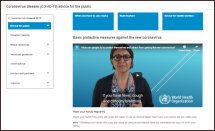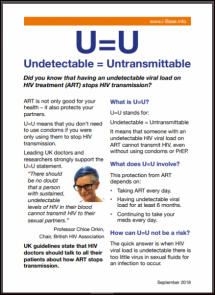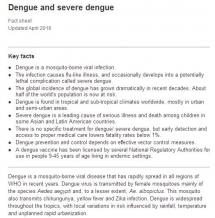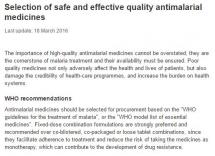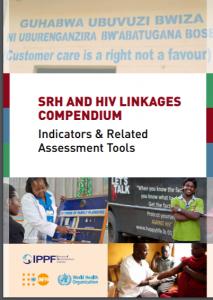T3: Test. Treat. Track Initiative
The WHO Global Malaria Programme’s T3: Test. Treat. Track. initiative supports malaria-endemic countries in their efforts to achieve universal coverage with diagnostic testing and antimalarial treatment, as well as in strengthening their malaria surveillance systems. The initiative seeks to focus the attention of policy-makers and donors on the importance of adopting WHO’s latest evidence-based recommendations on diagnostic testing, treatment and surveillance, and on updating existing malaria control and elimination strategies, as well as country-specific operational plans.
This resource features key policy messages from WHO’s recommendations on diagnostic testing, treatment and surveillance of every suspected malaria case, which promotes that every suspected malaria case should be tested, every confirmed case should be treated with quality-assured antimalarial medicine and the disease should be tracked through a timely and accurate surveillance system. The initiative was launched on World Malaria Day 2012 and is designed around three core WHO documents:
- Universal access to malaria diagnostic testing: an operational manual
- Guidelines for the treatment of malaria, second edition
- Disease surveillance for malaria control, and disease surveillance for malaria elimination
Last modified: March 25, 2019
Language: Arabic, Chinese, English, French, Russian, Spanish

